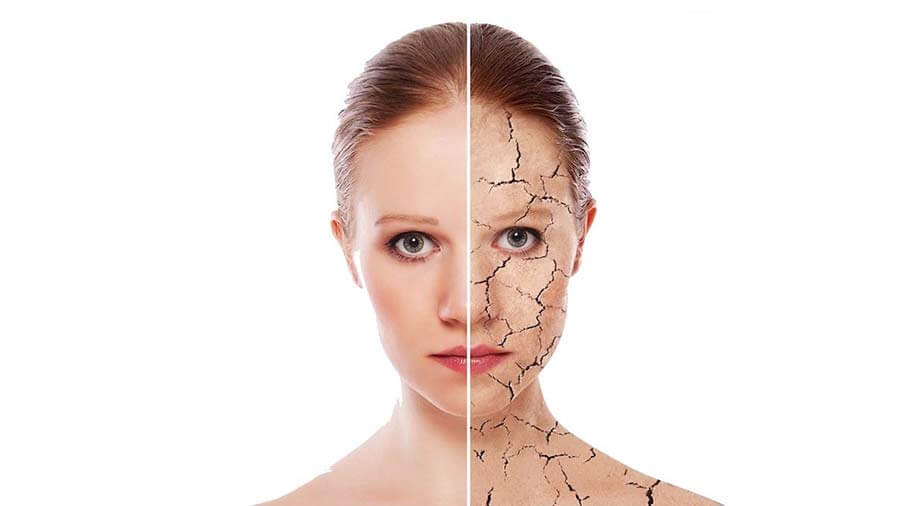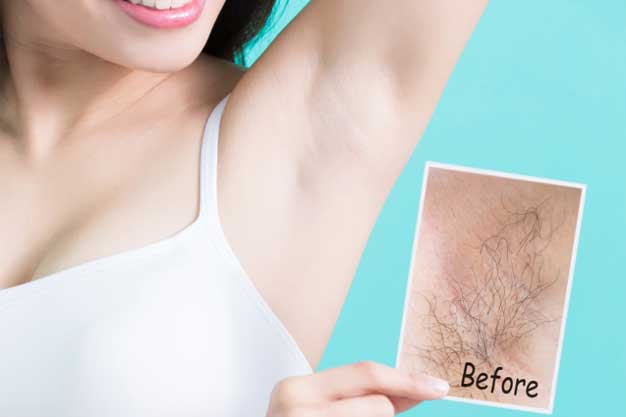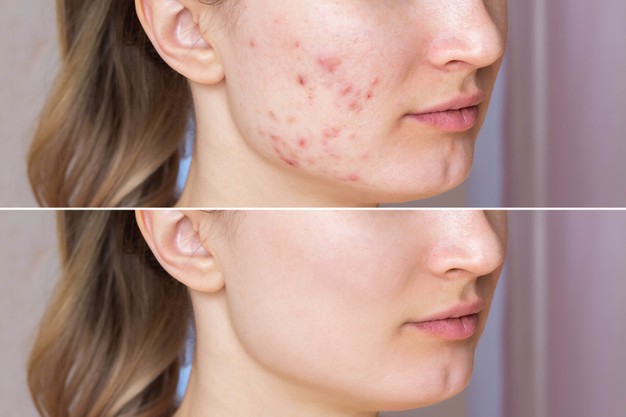Dry Skin
Dry skin, also known as xerosis, can be a congenital or acquired condition. It can be so mild that it is hardly noticed or so severe that it leads to skin breakdown, severe itching, and infection. Mild dry skin is a condition that affects many patients and is often a complaint of cosmetic patients in particular. Billions of dollars a year are spent worldwide on moisturizing skin care products. It is important, therefore, for the cosmetic dermatologist and cosmetic scientist to understand the underlying causes of dry skin and how current therapies treat this condition.
There are so many products on the market to treat skin dryness that one can become easily overwhelmed.
What is Dry Skin?
Dry skin is characterized by the lack of moisture in the stratum corneum (SC). Water is the major plasticizer of the skin, and when levels are low, cracks and fissures occur. For the skin to appear and feel normal, the water content of the SC must be greater than 10%. The increase in transepidermal water loss (TEWL) that leads to dry skin conditions when a defect in the permeability barrier allows excess water to be lost to the atmosphere. This barrier perturbation is caused by several different factors such as harsh detergents, acetone and other constituents, and frequent bathing. When skin becomes too dry, the outer skin layers stiffen and may develop cracks. The cracks become fissures into the skin that become irritated, inflamed, and itchy.
Clinical Signs
The first clinical sign of skin dryness is a dull, gray-white color and increased topographic skin markings. As the drying worsens, the loss of water causes a loss of cohesiveness between the corneocytes and abnormal retention of desmosomes. The edges of the corneocytes curl up much like shingles on a roof curl up in extremely arid conditions. The loosening of entire sheets of corneocytes leads to scaling and flaking. The entire skin surface feels rough.
Treatment
The symptoms of dry skin can be treated by increasing the hydration state of the SC with occlusive or humectant ingredients and by smoothing the rough surface with an emollient. Moisturizers are products designed to increase hydration of the skin. They often contain lipids such as ceramides, fatty acids, and cholesterol. In addition, glycerin is a common component. The commonly used moisturizer are oil-in-water emulsions, such as creams and lotions, and water-in-oil emulsions such as hand creams.
Summary
Patients usually present with primary complaints other than dry skin, but often add, incidentally, that their skin feels dry. Mild dry skin is a condition that affects many patients plenty of whom try OTC products before seeking medical advice. Once the complaint of dry skin reaches the dermatologist, it is best that the practitioner be able to knowledgeably discuss the implication of "dry skin" and the spectrum of effective treatment options, and match such products to a patient's skin condition.




